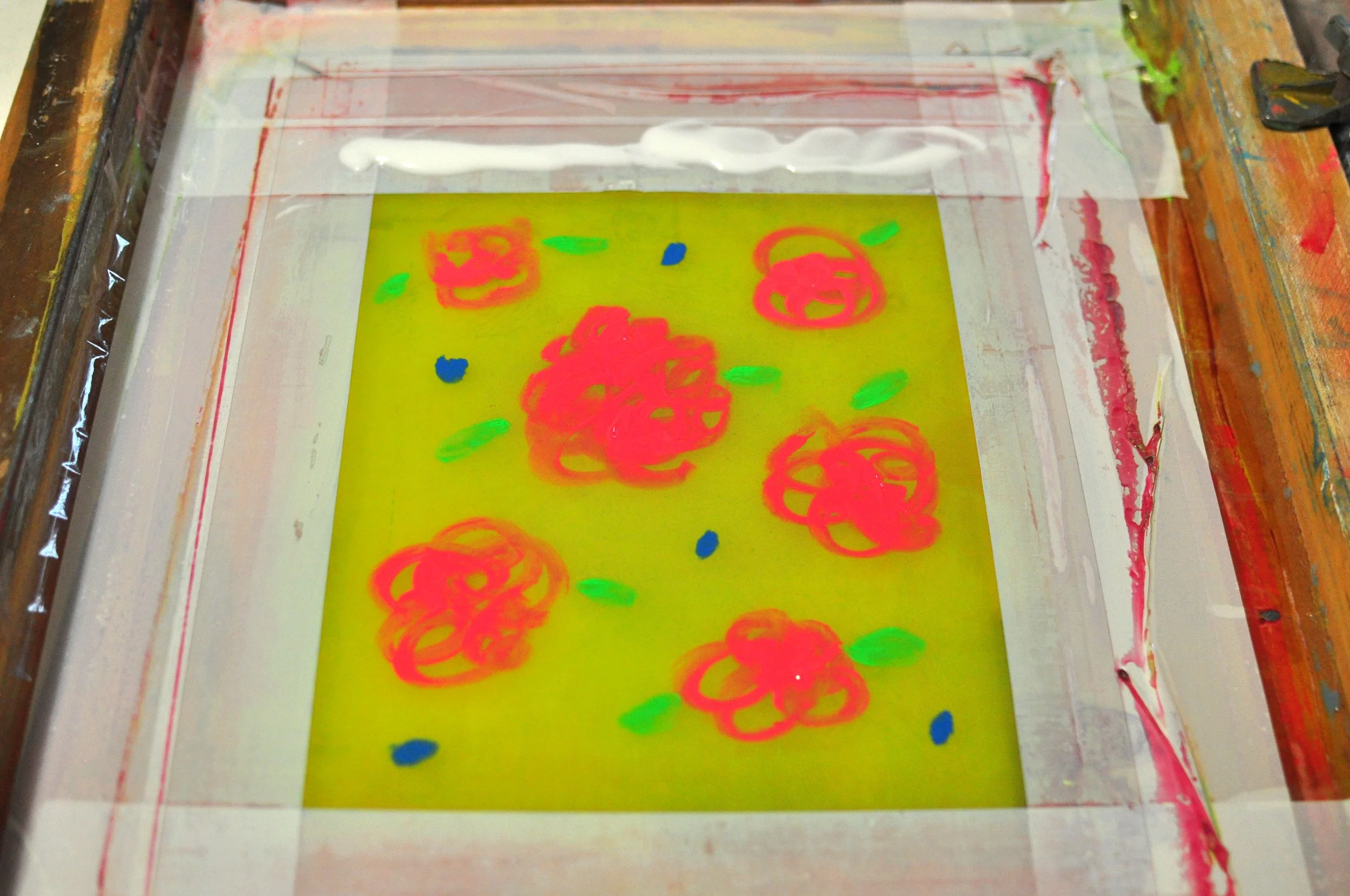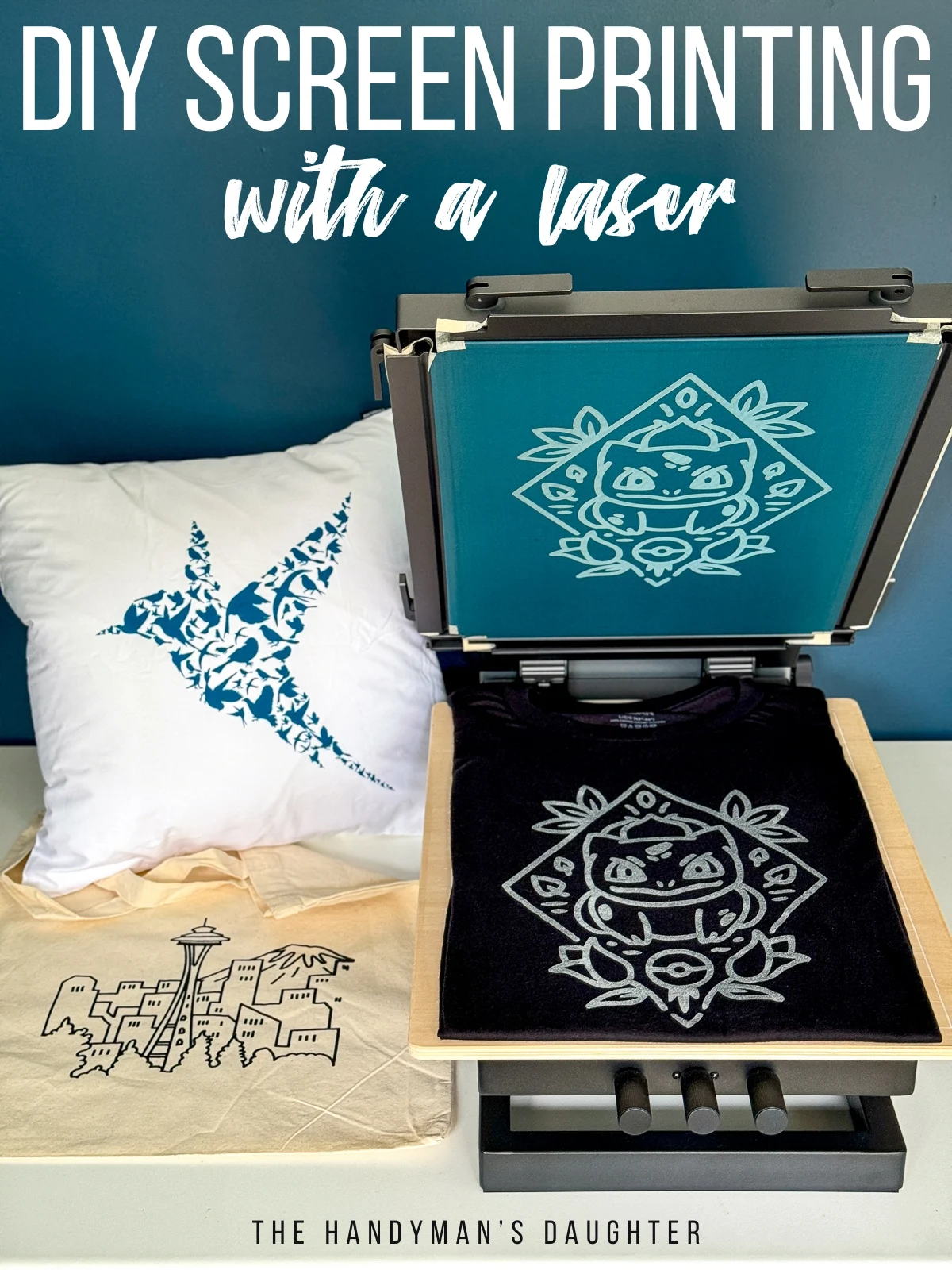The Crucial Overview to Understanding Screen Printing and Its Versatile Uses
Screen printing has an abundant background that goes back to ancient times, evolving right into an innovative technique made use of across numerous sectors today. This overview discovers the ins and outs of the screen printing process, describing its applications in fashion, home, and marketing style - 10:9 Design Abilene. Recognizing these principles can open innovative possibility for both industrial and artistic tasks. The adhering to areas will certainly disclose important ideas and methods to enhance one's screen printing undertakings
The Background of Screen Printing
Screen printing has origins that map back centuries, its evolution reflects the technical and artistic improvements of different cultures. Coming from old China, the technique was at first made use of for embellishing fabrics and later infect Japan, where it became integral to Ukiyo-e woodblock printing. The approach changed to Europe in the 18th century, where it got appeal amongst artisans and business printers. The innovation of picture emulsion in the 20th century reinvented screen printing, allowing for more elaborate layouts and greater effectiveness. Artists like Andy Warhol further thrust its popularity, making use of the medium to produce iconic jobs that combined commercialism and art. By the late 20th century, screen printing had established itself as a functional method, used in vogue, advertising, and fine art. Today, it remains to evolve, incorporating electronic modern technology and broadening its applications across different industries.
The Screen Printing Process Explained
Screen printing transforms artistic visions into concrete styles with a series of accurate actions. A photo is developed and after that moved onto a screen, commonly made of fine mesh textile extended over a frame. A light-sensitive emulsion is put on the screen, which is subjected to light, solidifying in locations not covered by the picture. After rinsing the unhardened emulsion, a stencil is created.
Next off, the screen is positioned over the substrate, whether it be material, paper, or one more material. Ink is then pushed with the open areas of the stencil making use of a squeegee, transferring the style onto the substratum listed below. This process can be duplicated for several shades, needing different screens for each shade. Finally, the published thing is treated using warm to guarantee the ink adheres effectively, resulting in a resilient, vibrant style all set for usage.
Sorts Of Screen Printing Techniques

Furthermore, specialized methods, such as discharge screen printing, eliminate color from the material to produce softer prints, while foil screen printing uses metal foil to accomplish a shiny coating (10:9 Design Company). Each method supplies distinctive characteristics, accommodating different imaginative needs and manufacturing scales, inevitably expanding the opportunities within the screen printing domain
Applications of Screen Printing in Various Industries

Additionally, the signs and advertising fields make use of screen printing for producing distinctive displays and banners. This approach enables strong shades and detailed designs that catch focus. In electronics, screen printing is utilized for applying conductive inks to circuit card, crucial for element links. In addition, the home decoration sector embraces screen printing to generate distinctive designs on textiles and wall art. Overall, screen printing acts as a critical tool across varied areas, enhancing items with individualized and visually appealing graphics.
Tips for Effective Screen Printing Projects
While embarking on a screen printing job, mindful focus to information can substantially enhance the last outcome. Initially, picking top notch products is essential; this includes the screen, inks, and substrates. Making use of proper mesh matters can affect ink deposition and information resolution. Preparation is similarly essential; extensive cleansing of screens and appropriate direct exposure times guarantee crisp prints.
Next, accurate registration is crucial for multi-color prints. Using alignment devices can assist achieve precise layering. Additionally, testing prints on scrap materials before production helps identify prospective concerns without squandering sources.

Frequently Asked Concerns
What Materials Are Finest for Screen Printing on Fabric?
Cotton and polyester blends are excellent for screen printing on textile due to their toughness and ink absorption. In addition, specialized textiles like silk or canvas can produce special appearances and coatings, enhancing the total layout top quality.
How Do I Clean and Maintain Screen Printing Equipment?
To maintain and cleanse screen printing devices, one need to on a regular basis clean displays with ideal solvents, inspect mops for wear, oil moving parts, and shop all things in a dry, dust-free environment to prolong their life-span.
What Are the Ecological Influences of Screen Printing?
Screen printing can have considerable ecological effects, including chemical waste from inks and solvents, water use during cleansing procedures, and energy intake. Environment-friendly materials and lasting practices are necessary for minimizing these adverse results.
Can Screen Printing Be Done in your home Successfully?
Screen printing can be effectively done at home with the ideal materials and methods. Enthusiasts can produce quality prints, though success depends upon their skill degree, equipment, and understanding of the process entailed.
What Are the Prices Connected With Starting a Display Printing Organization?

Starting a screen printing service involves costs for tools, products, and work area. First expenditures commonly range from a couple of hundred to a number of thousand bucks, depending upon the range, top quality of machinery, and desired manufacturing ability.
Screen printing has a rich background that dates back to ancient times, evolving into a sophisticated strategy used throughout various sectors today. An additional technique, rotary screen printing, utilizes cylindrical screens, assisting in continual printing on material rolls, consequently improving efficiency for large-scale manufacturings. Furthermore, specialized strategies, such as discharge screen printing, eliminate color from the fabric to create softer prints, while foil screen printing applies metallic foil to achieve a shiny finish. In the fashion field, screen printing is commonly utilized to produce vivid layouts on apparel, enabling brand names to showcase their special styles. Cotton and polyester blends are ideal for screen printing on fabric due to their durability and ink absorption.